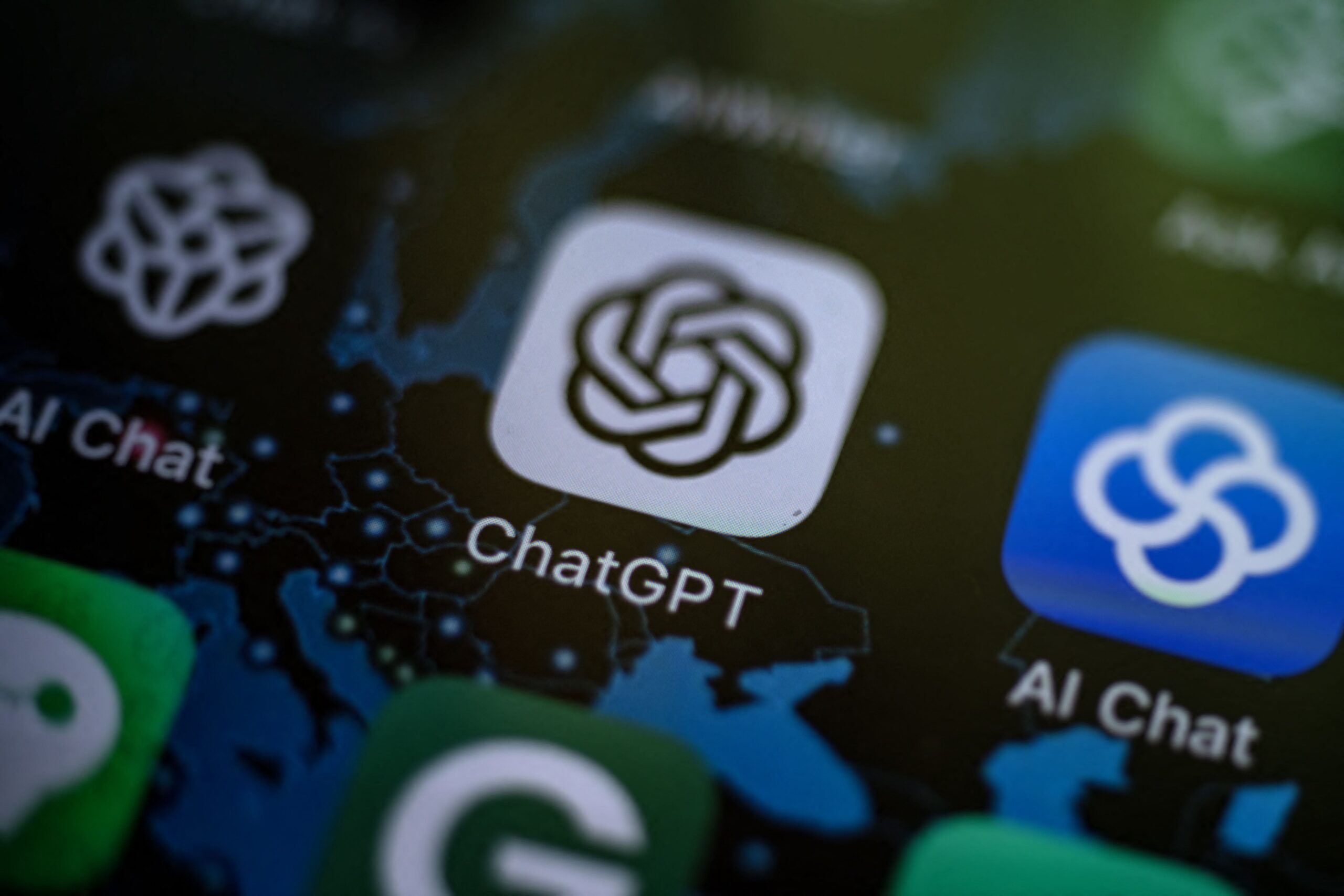A new report has revealed the jobs and workers most at risk of being replaced with artificial intelligence in the U.S.
Software developers and customer service workers are two roles that have already seen a significant number of workers supplanted, according to the study by Stanford economists, as AI can more easily replicate what they do compared to other professions.
Young people in their early to mid-twenties are the hardest hit group in jobs most exposed to AI, the research by Erik Brynjolfsson, Bharat Chandar and Ruyu Chen also warned, as artificial intelligence can simulate their university-level “book learning”.
Employment growth for young people declined six percent since 2022 to July 2025 in the most AI-exposed occupations, compared to a six to nine percent increase for older workers, the report found.

“These large language models are trained on books, articles, and written material found on the internet and elsewhere,” Brynjolfsson told CBS MoneyWatch.
“That’s the kind of book learning that a lot of people get at universities before they enter the job market, so there is a lot of overlap between [this]… and the knowledge young people have.”
The economists noted that employment growth was up in fields where AI use is most augmentative, in other words where it is used to help workers with their role rather than replace them altogether.
Another study released by Microsoft in July also listed the occupations at the greatest and least risk of being replaced by AI.
Interpreters, translators, historians, passenger attendants and sales representatives were listed as the top-most AI-jeopardised jobs.
However, physically demanding or specialist roles like dredge operators, bridge and lock tenders, and water treatment plant and system operators, were considered the most AI-safe.
The same month, a further report suggested that in July alone, the increased adoption of generative AI technologies by private employers led to more than 10,000 lost jobs.
Microsoft’s lists can be seen below:
Top 40 jobs most affected by generative AI:
- Interpreters and Translators
- Historians
- Passenger Attendants
- Sales Representatives of Services
- Writers and Authors
- Customer Service Representatives
- CNC Tool Programmers
- Telephone Operators
- Ticket Agents and Travel Clerks
- Broadcast Announcers and Radio DJs
- Brokerage Clerks
- Farm and Home Management Educators
- Telemarketers
- Concierges
- Political Scientists
- News Analysts, Reporters, Journalists
- Mathematicians
- Technical Writers
- Proofreaders and Copy Markers
- Hosts and Hostesses
- Editors
- Business Teachers, Postsecondary
- Public Relations Specialists
- Demonstrators and Product Promoters
- Advertising Sales Agents
- New Accounts Clerks
- Statistical Assistants
- Counter and Rental Clerks
- Data Scientists
- Personal Financial Advisors
- Archivists
- Economics Teachers, Postsecondary
- Web Developers
- Management Analysts
- Geographers
- Models
- Market Research Analysts
- Public Safety Telecommunicators
- Switchboard Operators
- Library Science Teachers, Postsecondary
Top 10 jobs to be least affected by generative AI:
- Dredge Operators
- Bridge and Lock Tenders
- Water Treatment Plant and System Operators
- Foundry Mold and Coremakers
- Rail-Track Laying and Maintenance Equipment Operators
- Pile Driver Operators
- Floor Sanders and Finishers
- Orderlies
- Motorboat Operators
- Logging Equipment Operators
